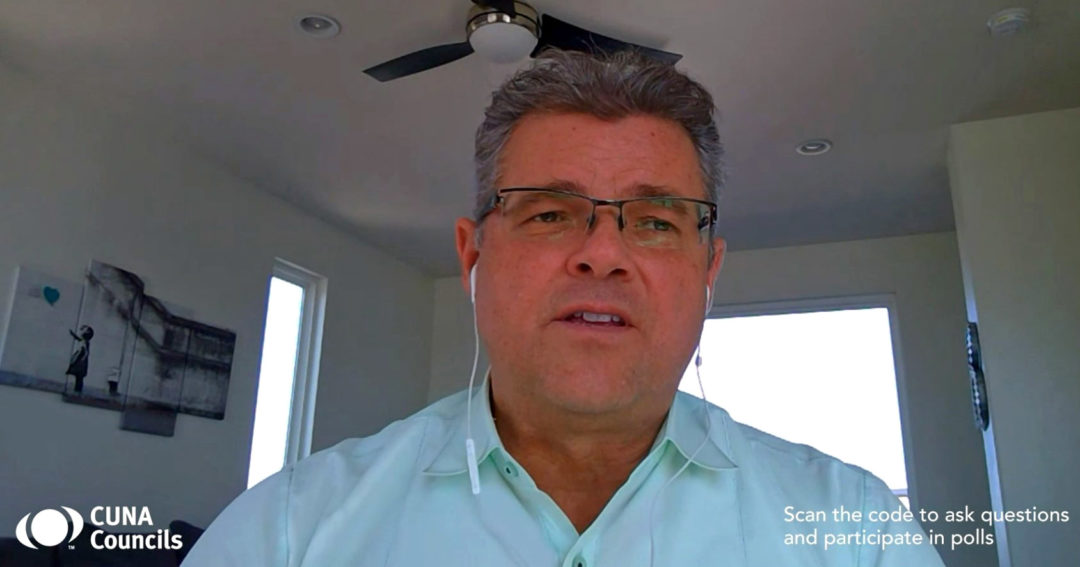
Shifting from traditional to blended learning
Evaluate content and how you deliver training to employees.
Before the coronavirus (COVID-19) struck, Mountain America Credit Union in Sandy, Utah, was already adjusting its training and talent development program to meet the future needs of employees by revamping its training curriculum and boosting its digital learning infrastructure .
But when the pandemic hit, Aaron Brown, vice president of talent and member development at the $11 billion asset credit union, knew that goal was more important than ever.
“The future sure came a lot faster than we expected this year,” Brown says. “The pandemic definitely afforded us opportunities to accelerate everything we’re doing.”
Brown, who spoke at the 2020 CUNA HR & Organizational Development Council Virtual Conference Collection, and his team used the pandemic as an opportunity to reevaluate its current curriculum.
They not only looked at the content of the training programs and how it would translate to a digital environment but also how the training was presented to employees and what changes that would increase the value of the training.
“We needed to shift to a blended approach,” he says. “We needed to convert a lot of content and courses to virtual, but we also needed to think about other elements.”
When shifting training to a blended learning module, the Mountain America team examined:
- Peer learning. Classroom training offers good opportunities for engagement. During the pandemic and the shift to blended learning, Mountain America added more after-class learning sessions, which allow participants to connect with their peers and continue to explore the material.
- Experience-based learning. This breaks up how the content is delivered into 70% from on-the-job learning, 20% from learning from others, and 10% from self-study or formal learning sessions. “It’s more experience-based and takes some of the pressure off the classroom or traditional learning,” Brown says. “It allows managers and employees to see how they leverage real work. If you look around, there are some great opportunities on the job that we can use to train on skills and develop people.”
- Continuous learning design. Learning doesn’t stop when an employee finishes a lecture or a self-paced course. Mountain America shifted it’s training from an event-based curriculum to a program, which typically involves peer learning and experienced-based learning components so participants continue to refine the skills learned on the job.
- Tools. Mountain America completed an audit of its training resources, including rooms, equipment, internet connections, and audio/video capabilities at branches. It also evaluated how trainers could use mobile to deliver training.
“We discovered there’s a lot of leverage we can still gain from our existing tools without having to add tools,” Brown says.
Visit CUNA News for more conference coverage. Learn more about the CUNA Councils, a member-led professional society for credit union executives, at cunacouncils.org.